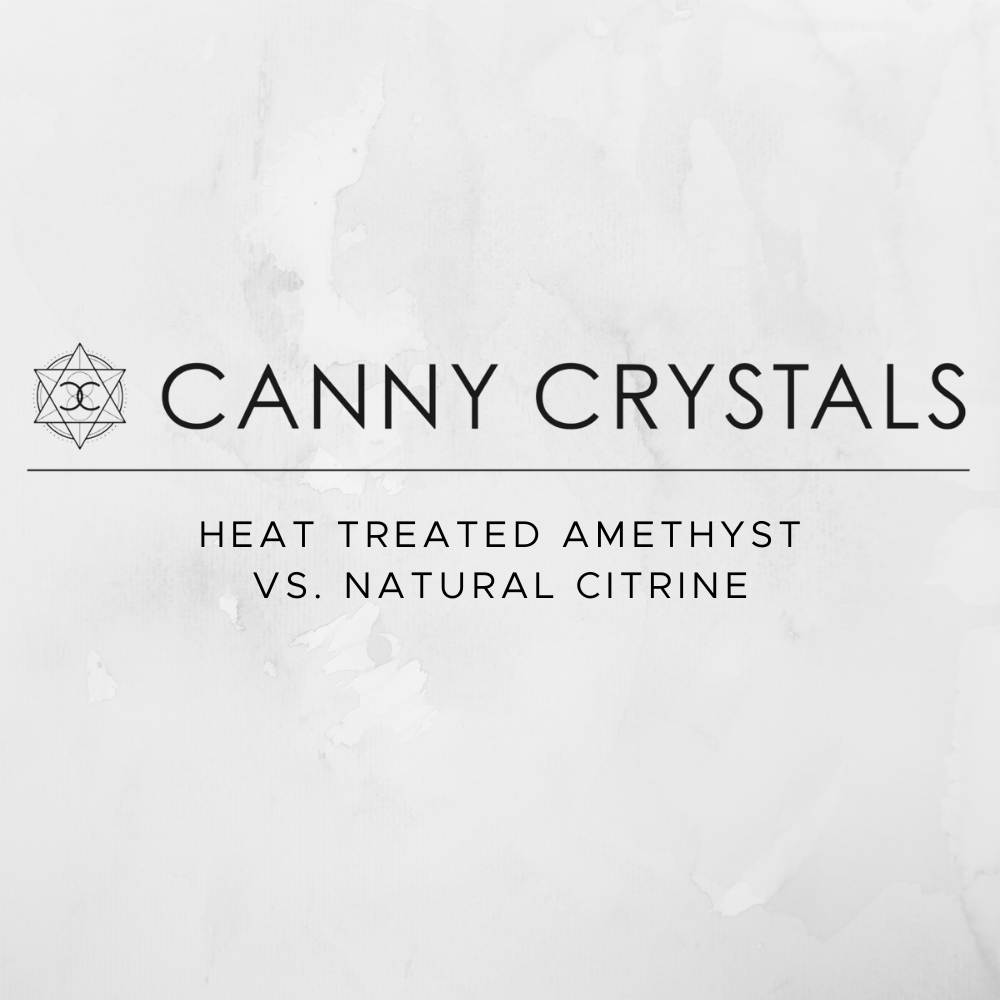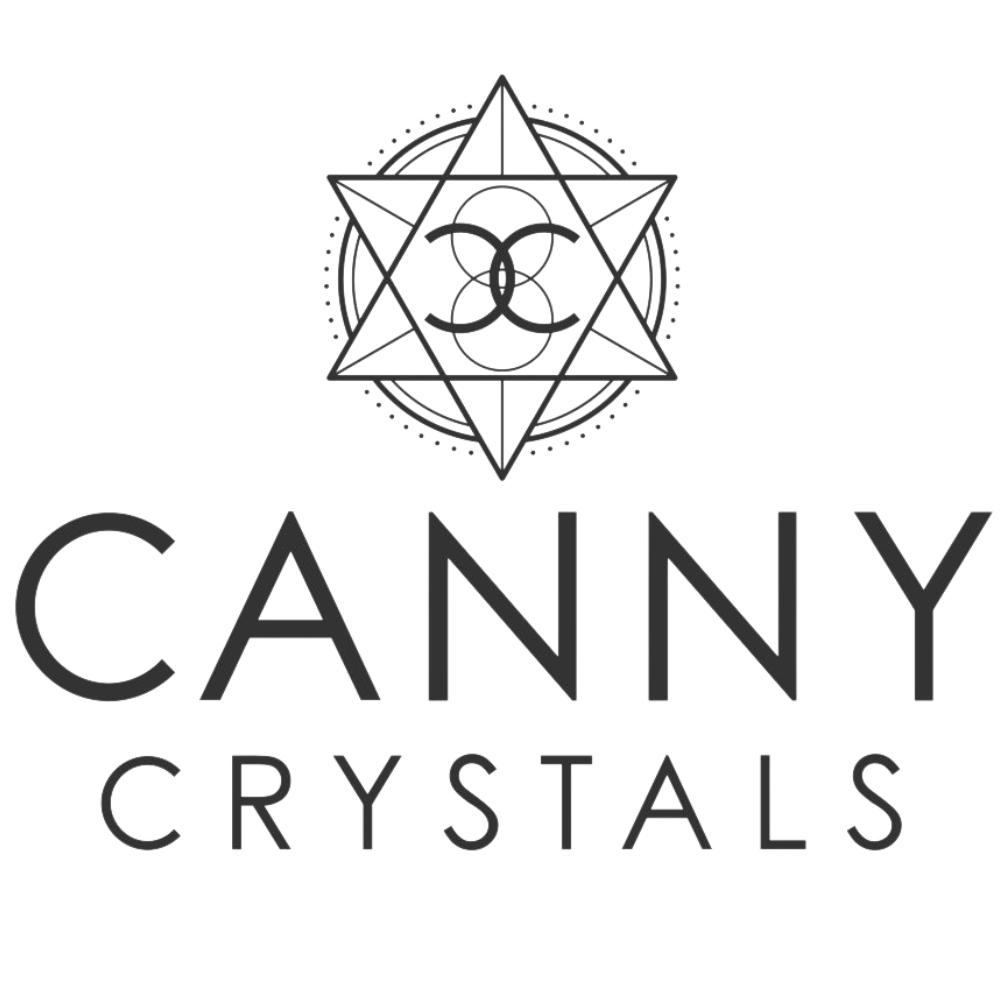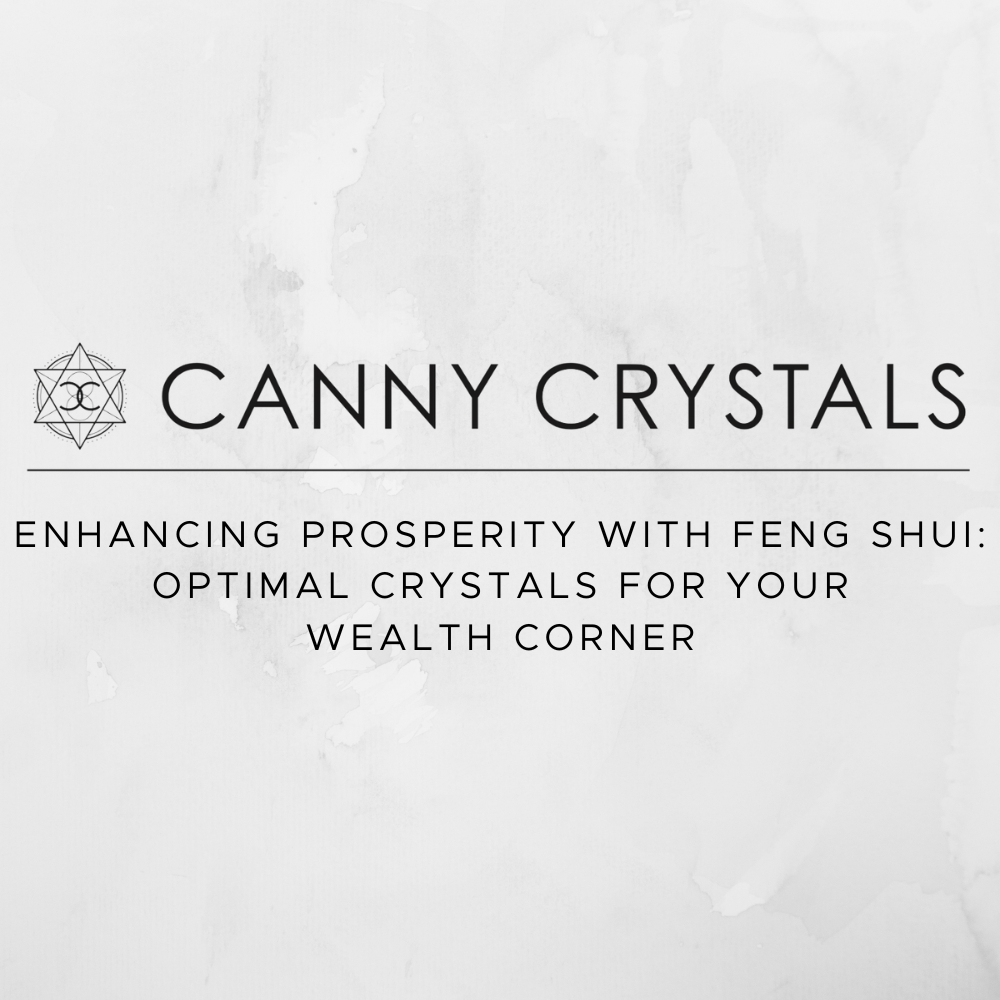
Heat treated amethyst vs. natural citrine
The colourful world of crystals is filled with both natural wonders and human craftsmanship. Among the various stones cherished in jewelry and decorative items, citrine and amethyst stand out for their beautiful hues and fascinating properties. However, there's an intriguing aspect to these gemstones that both collectors and enthusiasts often explore: the difference between heat-treated amethyst that is sold as citrine, and natural citrine. This blog post delves into these differences, helping you appreciate the nuances and make informed choices when purchasing these gemstones.
What is Citrine?
Citrine is a variety of quartz that is appreciated for its yellow to brownish-orange color spectrum. Its name is derived from the French word "citron," meaning lemon, due to its lemon-like color. Natural citrine is relatively rare compared to other quartz varieties. It is primarily found in Brazil, but also in parts of Russia, France, and Madagascar.
What is Amethyst?
Amethyst, another popular variety of quartz, is famed for its striking violet to purple color. It is widely available and is sourced from numerous locations around the world, including Brazil, Uruguay, and Zambia. Amethyst has been highly valued throughout history for its beauty and supposed healing properties.
Heat Treatment of Amethyst
The practice of heat treating amethyst to change its color to a yellow or orange hue resembling citrine is quite common in the gemstone market. This process involves heating amethyst at temperatures ranging from about 470°C to 560°C (878°F to 1040°F). At these temperatures, the iron impurities within the amethyst re-align and change the stone’s color spectrum from purple to yellow or orange. This treated stone is often marketed as citrine but is sometimes referred to as "burnt amethyst" or "heat-treated citrine."
Differences in Appearance
While both heat-treated amethyst and natural citrine are chemically similar (both being silicon dioxide), there are subtle differences in appearance that can help distinguish them:
- Color Distribution: Natural citrine typically exhibits a more uniform and pale color compared to the deeper, sometimes multi-tonal colours of heat-treated amethyst.
- Inclusions: Natural citrine might contain natural inclusions or cloudiness, which are less likely in the more transparent, heat-treated amethyst.
- Price: Because of its rarity, natural citrine tends to be more expensive than heat-treated amethyst.
Why Does It Matter?
The distinction between heat-treated amethyst and natural citrine matters for several reasons:
- Value: Natural citrine is rarer and generally more valuable than heat-treated amethyst. Collectors and investors typically prefer natural crystals for their authenticity and resale value.
- Aesthetics: Some purists prefer the natural color variations and the unique characteristics of natural citrine. Each crystal has its own personality and story, which is less so the case with mass-produced, heat-treated crystals.
- Ethical Considerations: Transparency in the crystal market is crucial. Sellers should always disclose treatments to buyers, ensuring that the latter are making informed decisions based on accurate information, which is why all natural citrine is noted as "Natural Citrine" on our website, and "Citrine" states that it's heat treated.
Whether you're a crystal enthusiast, a collector, or someone looking to buy jewellery, understanding the difference between heat-treated amethyst and natural citrine can enhance your appreciation of these stones and help you make better choices. In the end, whether you choose the radiant warmth of heat-treated amethyst or the subtle elegance of natural citrine, each has its own charm and place in the world of crystal healing.



Leave a comment
This site is protected by hCaptcha and the hCaptcha Privacy Policy and Terms of Service apply.